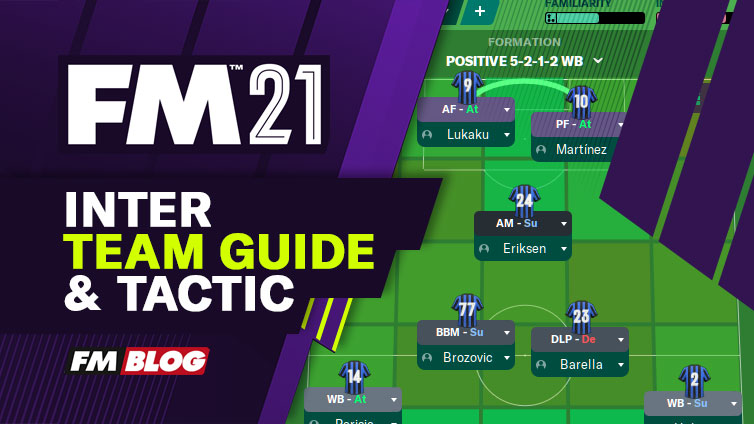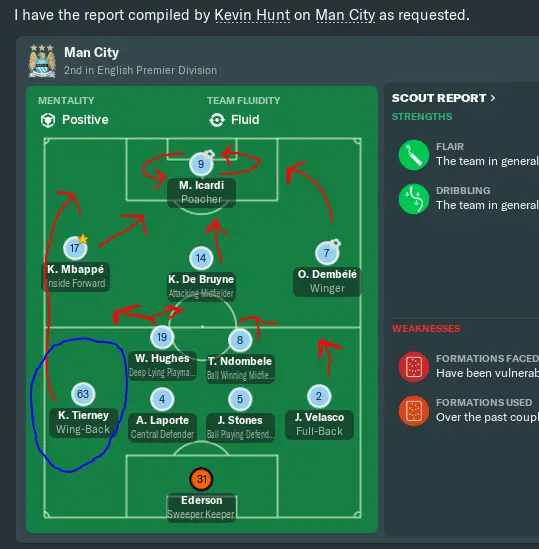

Originally such players were termed inside forwards, creative or deep-lying centre-forwards ("sub forwards").

Ĭentre-forwards have a long history in the game, but the terminology to describe their playing activity has varied over the years. Wayne Rooney, shown wearing the number 10 jersey, was used at Manchester United as a second striker on many occasions, playing behind the number 9. The number would then become synonymous with the centre-forward position (only worn that day because one team was numbered 1–11 whilst the other was numbered 12–22). When numbers were introduced in the 1933 English FA Cup final, one of the two strikers that day wore the number 9 – Everton's Dixie Dean, a strong, powerful forward who had set the record for the most goals scored in a season in English football during the 1927–28 season. However, the two terms are not necessarily synonymous, with the target forward having developed into a more specialised role, while the centre-forward description is more broad, encompassing many types of forwards. The term " target forward" is often used interchangeably with that of a striker, but usually describes a particular type of striker, who is usually a tall and physically strong player, who is adept at heading the ball their main role is to win high balls in the air, hold up the ball, and create chances for other members of the team, in addition to possibly scoring many goals themselves. Most modern strikers operate in front of the second strikers or central attacking midfielders, and do the majority of the ball handling outside the box.

If they are tall and physical players, with good heading ability, the player may also be used to get onto the end of crosses, win long balls, or receive passes and retain possession of the ball with their back to goal as teammates advance, in order to provide depth for their team or help teammates score by providing a pass ('through ball' into the box), the latter variation usually requiring quicker pace and good movement, in addition to finishing ability. The normal role of a striker is to score the majority of goals on behalf of the team. A multi-functional striker, he has influenced a generation of strikers who followed. Brazilian striker Ronaldo (middle, in white) taking a shot on goal.


 0 kommentar(er)
0 kommentar(er)
